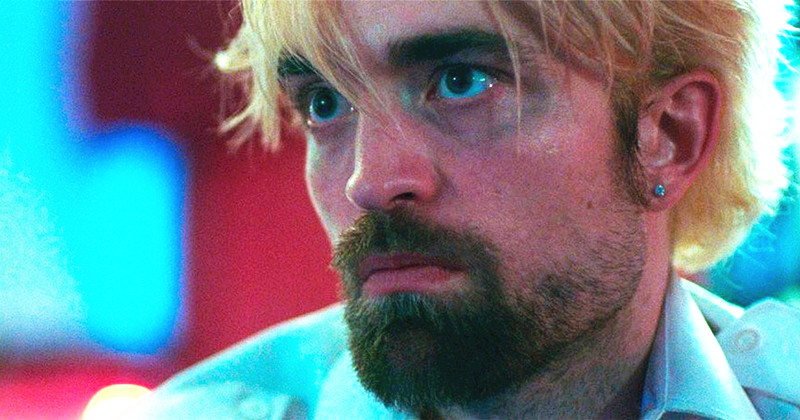
Many of us have consumed so much cinema in our lifetimes; this includes cinema that resonates, and some that doesn’t. We see a lot of good films, but how many of them have us completely undivided for their entirety? Here are ten films that won’t bore you for a single moment.
10. Polyester (John Waters, 1981)
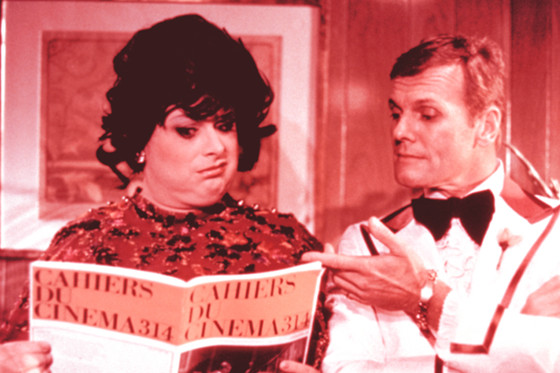
John Waters is quite the fascinating figure. In his youth he spent time watching adult movies at the local drive-in by way of his trusty binoculars, and was captivated by real and on-screen violence to the extent that his favourite recollection of childhood is finding blood on the seat of a junked car and imagining the grisly collision which led to its being there. These facts have helped sculpt our understanding of the legendary Baltimore filmmaker: The Pope of Trash.
Widely known for his substantial contribution to the midnight movie phenomenon with 1972’s Pink Flamingos and the 1988 vibrant, camp musical Hairspray, even casual moviegoers are aware of Waters’ output in some capacity. He has always set himself apart from his contemporaries, and before 1981 all of his films had either been X or Unrated; yet, his first R-rated, non-underground effort wasn’t exactly a departure from his controversial fare.
Polyester is arguably the funniest film of the auteur’s career, offering a bizarre and surreal satire on the films of melodrama-master Douglas Sirk (Imitation of Life, Written on the Wind). Frequent collaborator and muse Divine takes centre-stage as Francine Fishpaw, a suburban housewife tormented by her adulterous porno-theatre husband, rebellious daughter and foot-stomping son. She grapples with the deviant and domestic dramas of the all-American family with the aid of her sidekick Cuddles (the ever-brilliant Edith Massey), while capturing the attention of handsome heartthrob Todd Tomorrow (Tab Hunter).
Even without the “Odorama” scratch-and-sniff cards which were provided on the film’s initial release, Polyester manages to provide audiences with a memorable, sleazy slice of entertainment.
The casting is perfect, the humour is jet black – the suicide of Francine’s pet dog Bonkers is a devilish highlight – and Waters’ skewering of melodramatic conventions offers cinephiles a consistently amusing subversion of the soap-opera grandeur of All That Heaven Allows. There are so many wonderful gags here, and this is arguably the Prince of Puke at his most gratifying.
9. Control (Anton Corbijn, 2007)
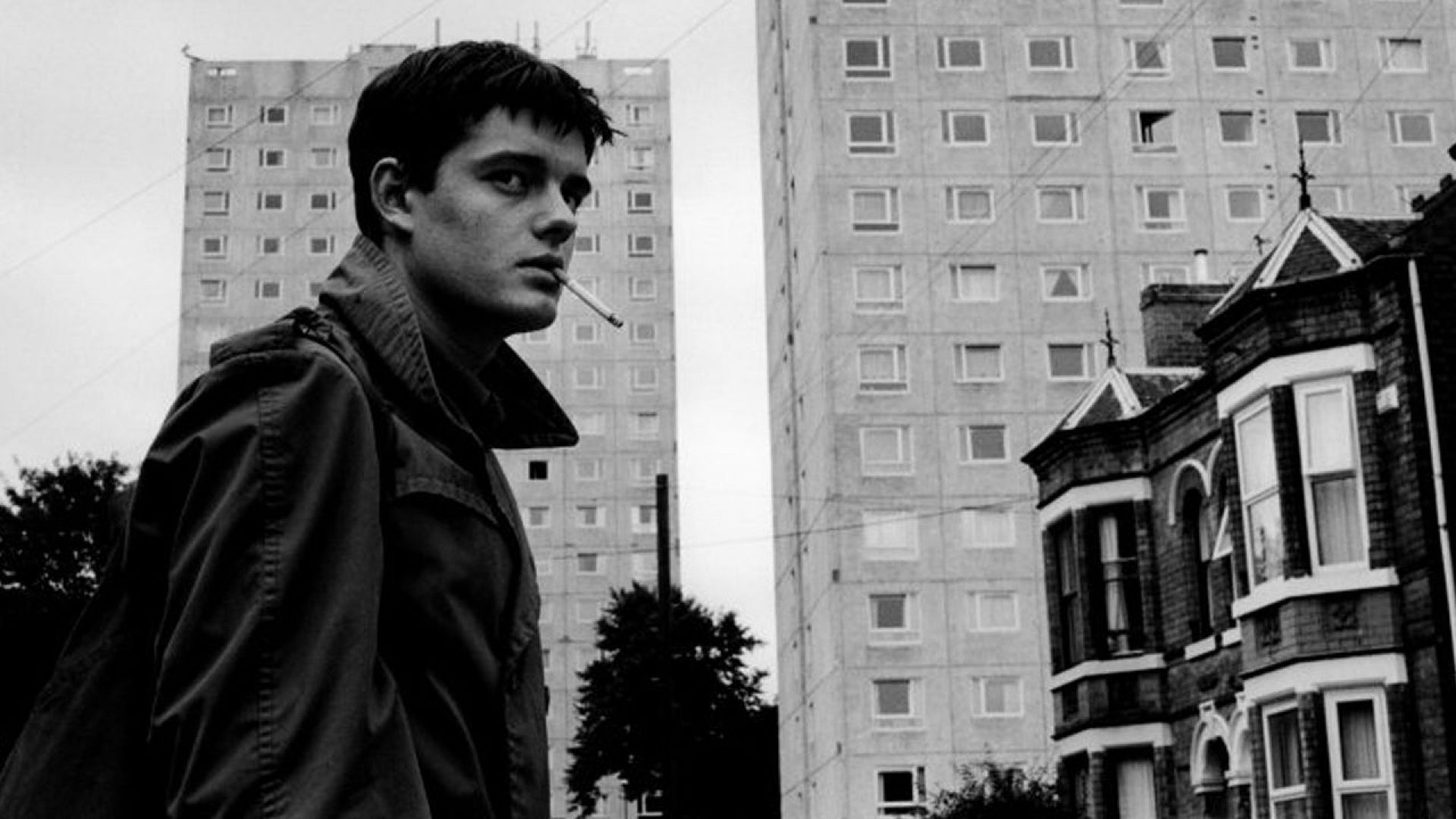
The duty of a biopic is not just to accurately reflect the artist being portrayed, but to reflect the way that they see the world. Arguably, there was no better individual for this job than Anton Corbijn: Dutch photographer and music-video director. Many knew him for his work with popular bands U2 and Depeche Mode, as well as his music-video for Nirvana’s Heart-Shaped Box; importantly, he also photographed the definitive English post-punk band.
Corbijn’s work could be cold, evocative and compelling, all of which would help to but could never truly describe Ian Curtis. The Joy Division front-man was truly one-of-a-kind. Despite his tragic suicide in the May of 1980 at the young age of 23, Curtis’ music suggested a lifetime already lived. Control is a film that encapsulates this hauntingly.
The film is based on Deborah Curtis’ biography Touching from a Distance, and attempts to chronicle the life of an enigmatic icon. Curtis is exhilaratingly performed by Sam Riley, who immediately absorbs us into Ian’s microverse. Beginning with narration, we are introduced to the central voice of the narrative: “Existence… well… what does it matter? I exist on the best terms I can. The past is now part of my future. The present is well out of hand.” This familiar snippet of poetic wisdom offers the perfect entrance into the story – a story perfectly told.
Although this is undoubtedly an upsetting film, the first act is bound to excite. The audience is ushered into a timezone of great promise for music; an ambitious bunch go to see The Sex Pistols, The Buzzcocks are making waves, David Bowie and Lou Reed are inspiring many, and Warsaw are soon to be born.
The energy of the time is channelled best through one important figure in particular: Joy Division manager Rob Gretton, superbly acted by the underappreciated Toby Kebbell in a career-best performance. He knows instantly that the band are something special, worth blood, sweat and tears, and so do we. His character also provides the film humour, which offers an effective juxtaposition to the subject matter and love triangle at the heart of Control.
There is a consistent sense of creeping paranoia, self-loathing and dread which pours from Curtis. He begins to doubt himself and those around him, and if there’s one thing he’s certain of, it’s that who he once aspired to be can no longer provide him any joy. His professional and domestic life torment him, and so does his unshakeable inability to connect with either one of them.
The photography acknowledges this bleak view in such an arresting visual fashion, forcing the viewer to drown in Curtis’ emotional depths. Most biopics turn to exaggeration to manage such an effect, but this is a very rare example. It feels like the life, processes, and everyday struggles of Joy Division’s heart are addressed honestly. We watch Riley disappear into Curtis, and we begin to feel as one does when listening to Unknown Pleasures: utterly defenceless… hypnotised.
8. Black Narcissus (Michael Powell & Emeric Pressburger, 1947)
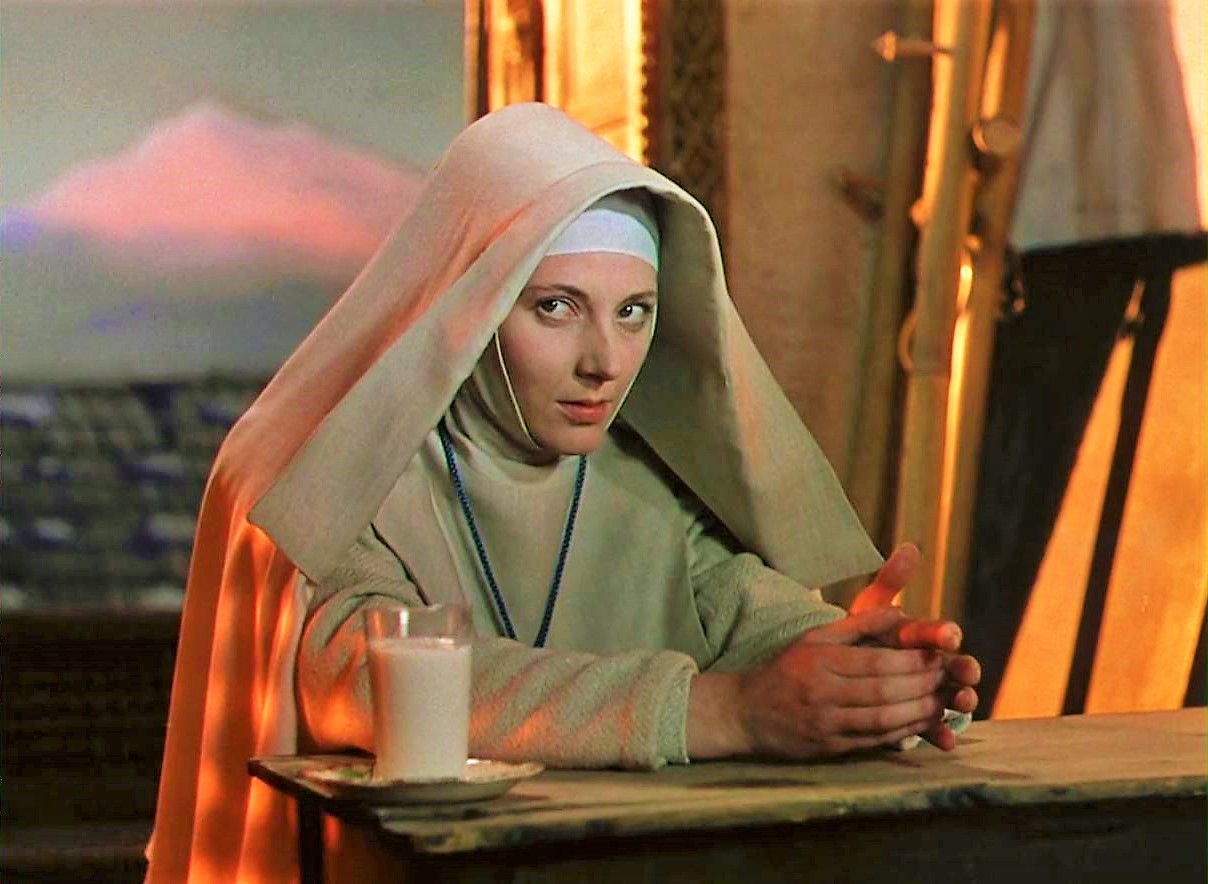
What praise can be sung of Michael Powell and Emeric Pressburger’s Black Narcissus that hasn’t already reached the ears of film lovers everywhere? The pair’s 1947 production of Rumer Godden’s 1939 novel is a bona-fide classic, and is one of many reasons – along with the likes of The Red Shoes and A Matter of Life and Death – that they are continuously hailed as cinematic Gods.
Five nuns flock to the Himalayas to take up residence at a newly established convent, and as we learn, they have all been specifically chosen for varying reasons. While there, they begin to experience tensions between one another, but also from natives and visitors to their post. The sisters must learn to adjust to the new responsibilities they have been entrusted, but also to the pressures inherent to the remote location.
Powell and Pressburger juggle themes of jealousy, faith, repression and lust in such groundbreaking fashion. To tackle a narrative exploring the erotic undercurrents of a convent of nuns and the psychological effects of being placed in an environment of temptation was an incredibly bold and daring career move, particularly at the time.
Although, the pair certainly did prove that they were no cowards to controversy; after all, Michael Powell derailed his career with the scandalous Peeping Tom in 1960. They were not just courageous, but also admirably ambitious.
All of the Himalayan scenery was created in studio – the backdrops were actually blown-up black and white photographs which were coloured with pastel chalks by an immensely talented art department. To this day, the imagery they helped to craft is immortalised in the minds of modern audiences. Most who have seen it will wholeheartedly agree that it’s one of the most visionary films of the 1940’s.
Reportedly, a Technicolour corporation executive asserted that this was the very best example of the Technicolour process. It’s certainly a strong statement, but nevertheless, one that makes for interesting debate. Although visually astonishing, the success of Powell and Pressburger’s film is that it has so much more to offer. Black Narcissus has aged exceptionally, and even after seven decades, the provocative and intellectually stimulating power of the picture remains intact.
7. Love & Peace (Sion Sono, 2016)
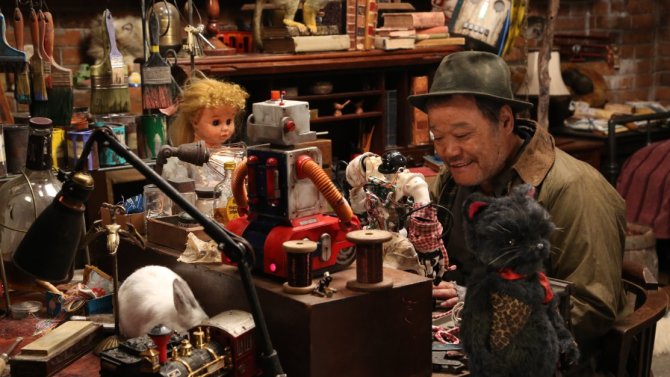
Love & Peace is a rarity: a Sion Sono picture you can sit the entire family in-front of. Perhaps even more surprising is that there’ll likely be a few tears shed, and yet, it would be hard to imagine anyone walking away from it without a smile plastered across their face. On the one hand, it can be read somewhat as a Japanese rendition of Toy Story, and the other, a moral tale creatively addressing the perils of fame and greed.
A victim of incessant bullying and alienation, the lonely and awkward Ryoichi strikes up an unlikely companionship with his new pet turtle. By day he works in an office, but once he’s home he confidently shares his hopes and dreams of becoming a rock-star with his reptilian friend.
After an impulsive act of frustration, the pair are separated; however, the turtle is taken in by a humble man to join his family of talking animals and toys. Through the power of magic, the delightful turtle provides his former owner with the life he’s always dreamt of – at a cost.
This is without a doubt one of Sion Sono’s very best pieces of work, and easily up there with his most imaginative output. In recent years he has been labelled the next Takashi Miike, and yet somehow this grand statement still manages to sell his career short. Love & Peace is a film that asserts the full extent of Sono’s range.
To imagine that this is the work of the man behind something like Strange Circus is odd, and similarly, to imagine that the man behind that has recently made The Whispering Star is just as baffling. He is a director capable of conjuring the explosive, but is just as confident in tackling sensitive and dramatic subject matter – The Land of Hope offering a heartfelt example of this. His 2015 family-fantasy musical boasts that he can juggle so many different things without the aid of violence, of which he has become closely associated with.
There are so many wondrous moments to enjoy here, and it really is a film that anyone can find pleasure in. Love & Peace is a testament to the singular and limitless mind of Japanese master Sion Sono.
6. The Big Sleep (Howard Hawks, 1946)
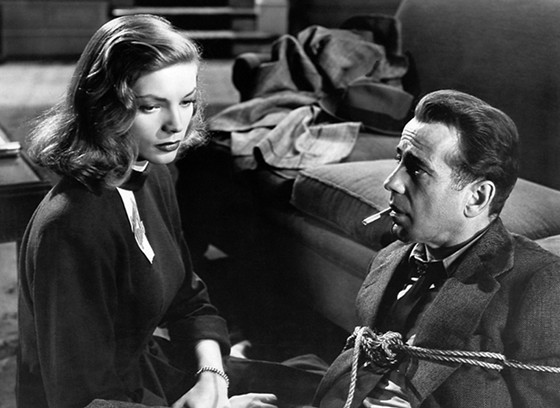
To say that Howard Hawks’ The Big Sleep was a film ahead of its time would be an understatement. On release, there were critics who labelled it confusing, dissatisfying and messy. The unusual approach to narrative, the devotion to action and dialogue at all costs, and appreciation of everything cinematically “cool” is something we now expect from some of our very best contemporary filmmakers. This 1946 film-noir is entertaining at all times, with characters that sweep us up so effectively that by the time we question what exactly is going on and why it’s important, it hardly feels to be the point.
Hawks’ take is the first film-adaptation of Raymond Chandler’s novel of the same name, which was remade in 1978 starring Robert Mitchum as protagonist Philip Marlowe, played in the 1946 version by the one-and-only Humphrey Bogart.
Arguably there has never been a more charismatic leading-man than Bogart, and Marlowe is undoubtedly one of his most beloved and respected roles. The Big Sleep concerns a private-eye hired onto a case by a rich family; as the plot thickens, the case becomes anything but straightforward, escalating into blackmail, murder and romance.
Like many of the actor’s roles, everything that Marlowe utters feels quotable – never anything less than witty, cool and collected. He is a presence we follow so willingly for the entire run-time, of which breezes by due to pacing as cool and slick as Bogart himself.
Such solid script, performances and atmosphere have helped this noir become one of the most discussed and adored, and it remains a pleasure to return to again and again. Its inspiration on modern films such as The Big Lebowski and Inherent Vice – to name a few – is evident, but you can’t beat The Big Sleep if you’re searching for a good time.